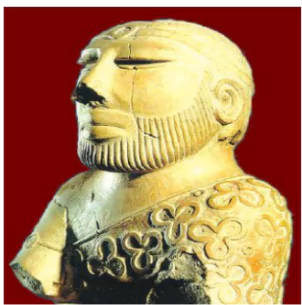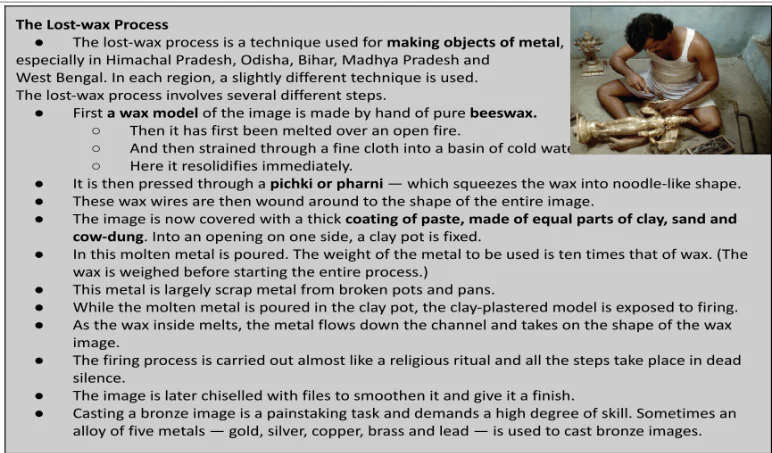![]() April 12, 2024
April 12, 2024
![]() 2640
2640
![]() 0
0
The sculptures of Indus Valley Civilization, dating back over 4,000 years, offer insights into the artistic sophistication and cultural practices of one of the world’s earliest urban societies.The first known sculptures of the Indian subcontinent were from the Indus Valley civilization made up of stone, Bronze and clay.


|
Must Read |
|
| Current Affairs | Editorial Analysis |
| Upsc Notes | Upsc Blogs |
| NCERT Notes | Free Main Answer Writing |
<div class="new-fform">
</div>

Latest Comments